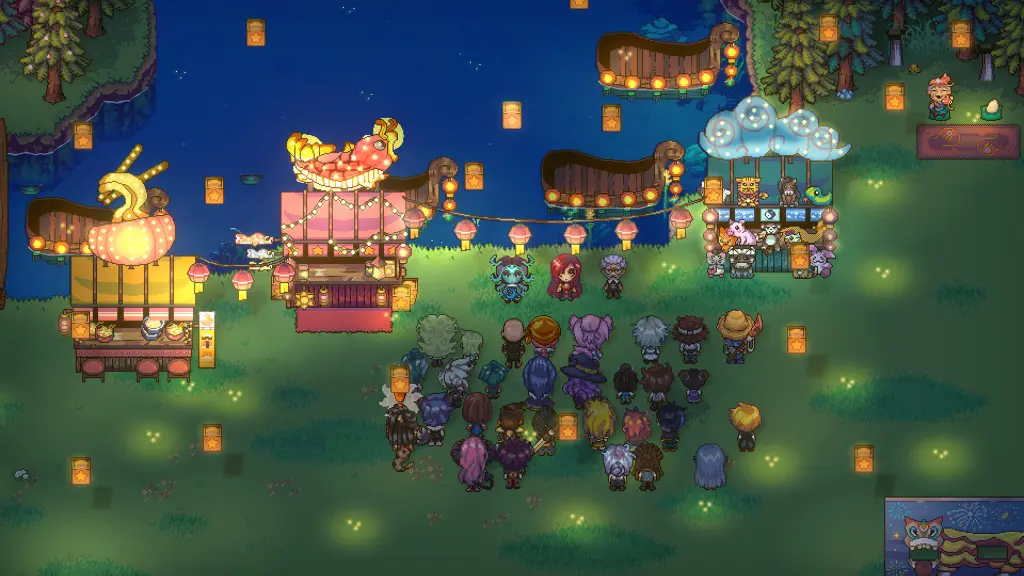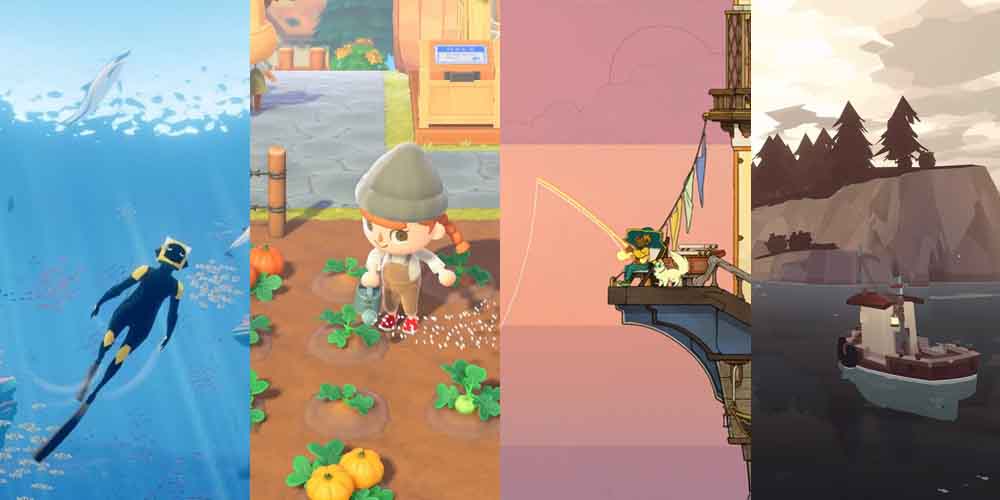Not every game has to be about reflexes, leaderboards, or endless grind. In the past few years, “cozy games” have risen from niche interest to mainstream obsession, and 2025 has only confirmed their staying power. These are the titles where players plant vegetables, decorate virtual homes, or nurture friendships with gentle storytelling rather than bullets and explosions. From Animal Crossing: New Horizons to Spirittea, the cozy genre has built a culture around comfort and intentional play.
What makes them resonate? First, accessibility. Cozy games strip away barriers, offering mechanics that can be picked up in minutes. This allows younger players, casual gamers, and people returning to gaming after years away to immediately feel at home. Stardew Valley still sets the gold standard with its farming and relationship systems, but newer entries like Palia and Coral Island refine that formula, making it more approachable while adding modern touches like online co-op. Accessibility isn’t just about controls, though it’s about design that welcomes all playstyles without judgment.
Second, they’ve become a form of stress relief. With work, studies, and a busy digital life, players increasingly seek out experiences that restore calm rather than pile on adrenaline. Whether it’s spending a quiet evening fishing in Stardew Valley, sipping tea with spirits in Spirittea, or caring for animals in Cozy Grove, the ritual of slowing down has become a counterbalance to modern chaos. These games offer a kind of meditative loop, rewarding players for patience and consistency rather than intensity.

Finally, social media has amplified their presence. TikTok, Twitch, and YouTube are full of cozy content creators whose serene streams and calming playlists attract audiences who want comfort entertainment. Entire communities have grown around decorating villages in Animal Crossing, customizing neighborhoods in Disney Dreamlight Valley, or sharing farming layouts from Roots of Pacha. This organic promotion keeps the genre in constant rotation, far beyond individual release cycles. The viral nature of cozy content has ensured that even small indie projects can find an eager audience.
2025 has also brought innovation. Developers are blending cozy elements with strategy, crafting deeper systems without breaking the charm. Games like Sun Haven mix farming life with light RPG mechanics, while Wylde Flowers weaves witchcraft and narrative into the familiar rhythms of planting and harvesting. Even mainstream studios are taking notes: LEGO Fortnite surprised players by leaning heavily into survival-cozy mechanics, showing how even blockbuster brands see the value of gentler play.
Cozy gaming isn’t just a trend—it’s a safe space in interactive form, and its audience is here to stay. Whether you’re decorating your cottage in Hokko Life, befriending villagers in Garden Story, or waiting for the next big indie hit, the appeal of cozy games lies in their universality. They remind us that play doesn’t always need to be loud, fast, or competitive to be deeply fulfilling.
Thanks for reading CheckPointDaily! Keep discovering more articles by tapping here.



